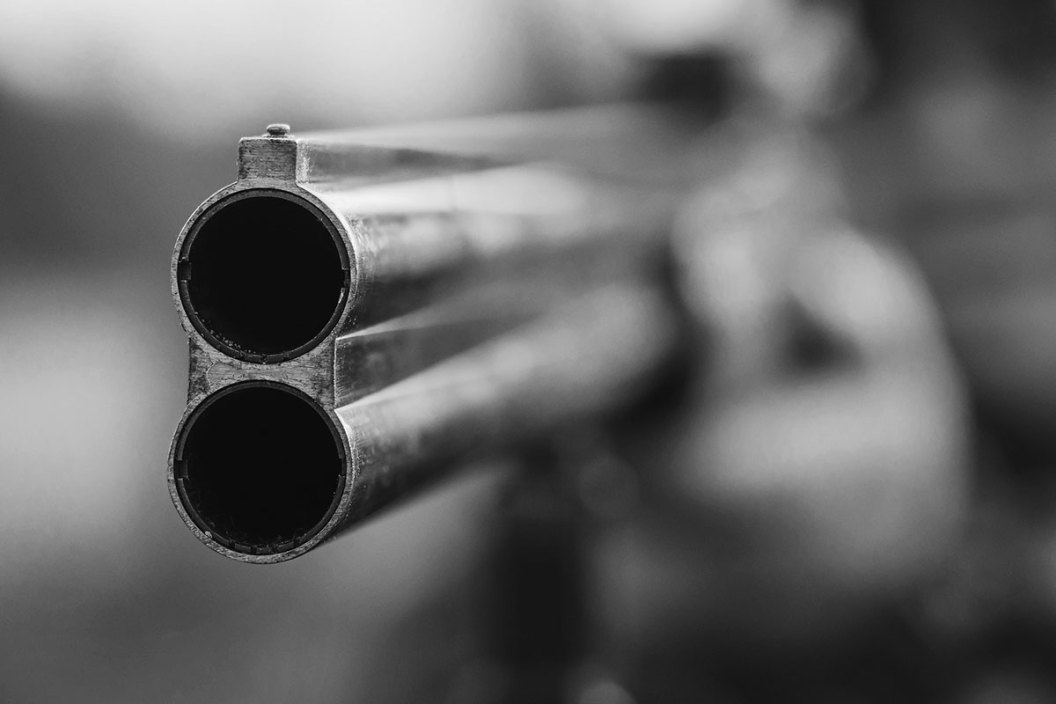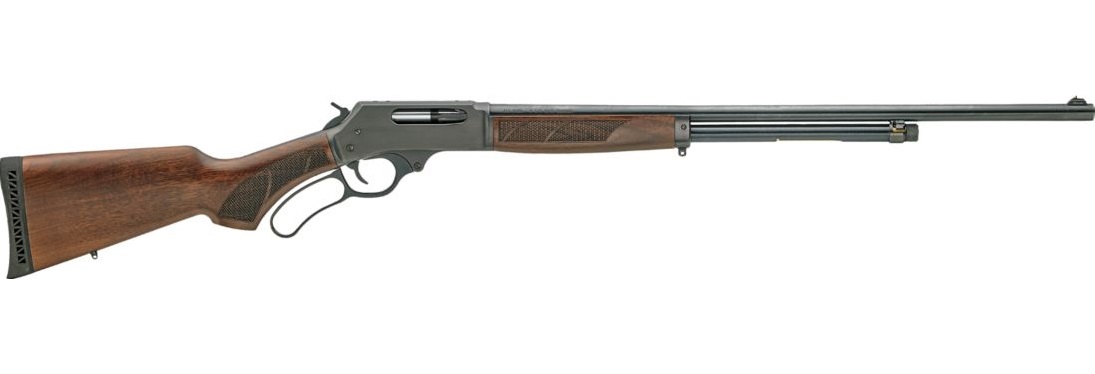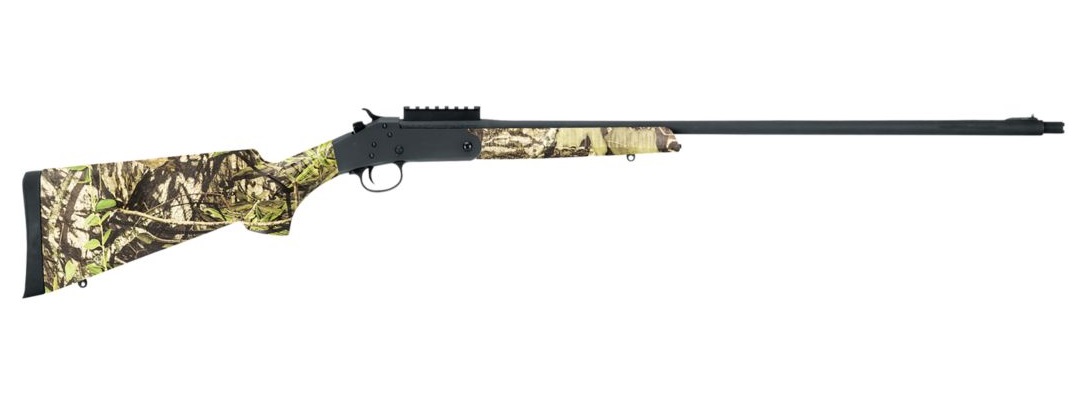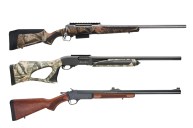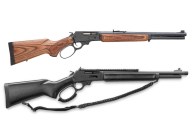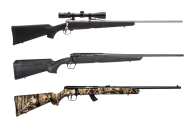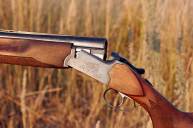These are the main types of shotguns and their practical purposes.
For newer gun owners, the prospect of buying a shotgun can be slightly confusing because of the different styles of shotgun out there. Most are familiar with pump shotguns, but what does the term over and under mean?
Also, what practical purpose does a single-shot have? We will try to answer those questions about the common types of shotguns and more in our breakdown.
This should give you a better understanding and help you to find the shotgun that is right for your needs.
Pump-action Shotguns
We'll start with this scattergun because it is the one that most people are most familiar with, even non-gun owners. Even if that's only because the sound of racking the pump of a shotgun is seemingly used as a default for almost every gun sound ever in the movies and on TV.
Just as the name suggests, the way you chamber the next round is by working the forend slide back and forth. Doing this ejects spent shells and chambers a new shell from the tube magazine. Most pump-actions have a capacity of 4+1. That means four shotgun shells in the magazine and one in the chamber. Some models have greater capacities depending on their use. Keep in mind that most states and provinces restrict how many shells you can have in your firearm while you are hunting.
The pump-action shotgun is sort of like the pickup truck of firearms. It is versatile and can be used for a variety of purposes. For many people, a pump-action loaded with buckshot is THE home defense weapon of choice.
However, it is also a solid choice for hunting small game, waterfowl, turkey, upland game and even deer.
I personally use a Remington 870 12-gauge shotgun with a smoothbore barrel for whitetails here in Michigan. I feel confident in taking deer out to about 60 yards with it. You can increase the accuracy more with slugs with a rifled barrel. Another solid option for the price is the Mossberg 500.
If your primary need for a shotgun is self-defense, many companies make so-called "tactical shotguns" with shorter barrel lengths like the Mossberg 590M, which are designed specifically for short range defense.
As far as recommendations go, the Remington 870, Mossberg 500 we already mentioned, plus the Winchester 1300 are all solid choices for a first shotgun or gun of any kind for that matter. They're simple to operate, clean and maintain. Plus, the price of these guns won't break the bank like some handguns and rifles will.
Semi-automatic Shotguns
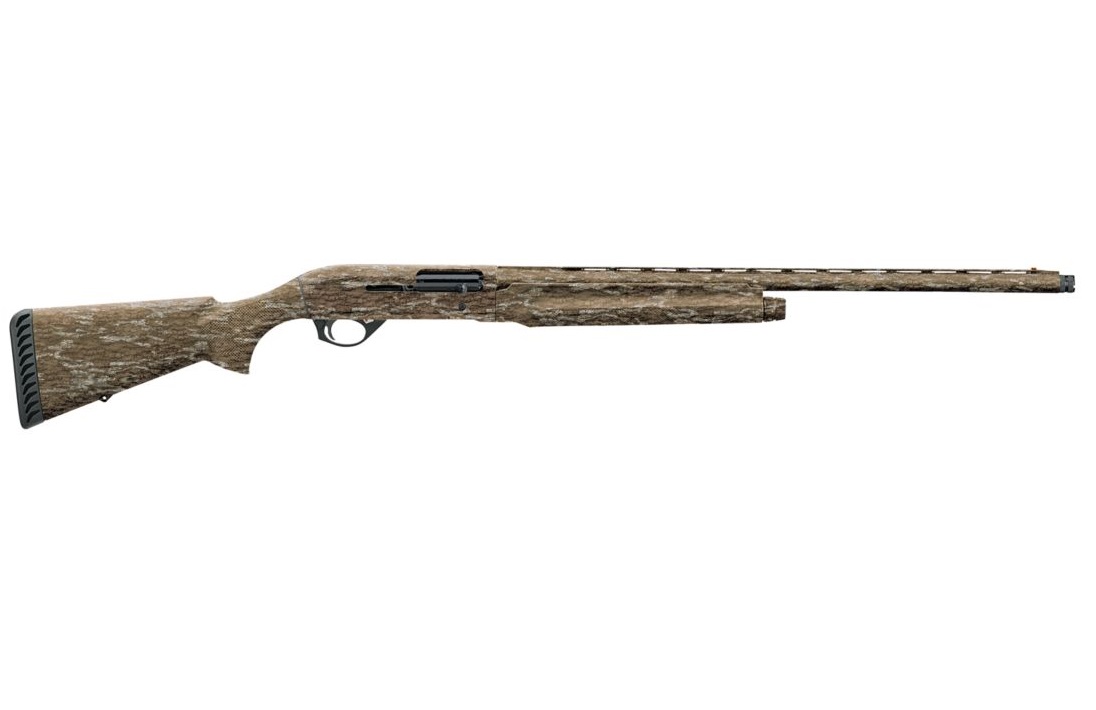
Cabela's
Semi-autos are another extremely popular shotgun action. Unlike a pump gun however, a semi-auto will fire as fast as one can pull the trigger. These guns cycle by using either spent gas from the shot to eject and cycle the next round or via recoil. Like many successful firsts in firearms history, this design was first perfected by John Moses Browning in 1898.
This design was so successful, Browning still makes a version of it today, albeit with more modern barrel designs and choke tubes. Autoloaders are most often used for bird hunting, but they are popular for skeet and trap shooting too. Ammo capacity often mirrors that of pump-actions, but there are exceptions. For example, the recently released Mossberg 940 JM Pro was designed specifically for competitive shooting and has a 9+1 capacity.
Semi-autos aren't quite as common for self-defense, but there are exceptions like the Benelli M1014 and M4 shotguns. We suspect part of the reason for this is psychological. If someone breaks into your home, you might be able to scare them off with the round of a racking slide from a pump-action alone. For whatever reason semi-autos just seem to have more of a reputation as a sporting and hunting gun.
A good semi-auto shotgun will last you a lifetime. The one downside is that because of the more complex design, these guns are slightly more expensive than pump guns. Our recommendations for a good semi-auto include the new Browning A5s, the Benelli Monefeltro and the Savage Renegauge.
Bolt-Action Shotguns

Cabela's
This type of shotgun has fallen considerably in popularity in recent years. For a time, in the mid to late 90s, gun manufacturers were pumping out a lot of these designs. Mostly for states in the Midwest like Michigan that have areas that have restrictions on using rifles for deer hunting. Where most hunters had their range limited by shotguns, these precision guns, coupled with precision shotgun ammunition in the form of sabot slugs, allowed hunters to reach out to nearly 200 yards for the first time ever.
Several excellent guns in this action type were discontinued in recent years as some states have begun relaxing the afore-mentioned restrictions on rifles. However, a bolt action shotgun is basically exactly as it sounds. It's a gun that uses a bolt mechanism to cycle rounds from the magazine to the chamber. These guns often feature rifled barrels out of the box and are already drilled and tapped to mount a high-quality optic to help you reach out to great distances. Savage is one of the few manufacturers that still has a focus on bolt-actions.
That makes it easy for us to recommend the Savage Arms Model 220. This gun is available in either 20 or 12-gauge, perfect for bagging large whitetail deer. They also make the Savage 212 and 220 Turkey models which are designed as precision guns specifically for taking down a big long beard each spring. Check them out.
Lever-Action Shotguns
This type is even less common than bolt-action. Most people have at least seen one in the movies. Arnold Schwarzenegger made the classic Winchester 1887 look extremely cool when he wielded one in "Terminator 2" back in the early 90s.
John Browning designed some of the first lever-action shotguns that use a rolling block, lever design to quickly cycle spent shells. However, there hasn't been a lot of innovation in the world of lever-action shotguns since then. It's just one of those designs that never really took off. Probably because of the popularity of autoloaders and pump guns.
However, it is worth noting that recently Henry Rifles has started producing a line of lever-action .410s that have proven extremely popular as brush guns and simply for fun target shooting. One of their releases, the Model X, incorporates modern sporting rifle features like picatinny rails into a smaller shotgun platform. They also recently announced the non-NFA, "Mare's Leg" design called the "Axe" that has proven extremely popular.
We wonder if this sudden resurgence in interest in the Henry line of lever-actions might lead to some new innovations in this action design. Only time will tell.
Single-shot Shotguns
In a time when most people are looking for guns that can shoot fast and hold a lot of rounds, these guns often get overlooked. These break-action shotguns are safe and incredibly easy to operate. My first gun was a break-action .410 with an exposed hammer. Simply pull the hammer back and the gun was ready to fire. It was ultra-reliable and I took out tons of problem woodchucks and muskrats with that gun. The smoothbore barrel easily handled both slugs and birdshot, making it even more versatile.
If you're looking to introduce someone to hunting with a shotgun in a non-threatening manner, a single-shot is a great option. This is the easiest one to maintain and the price of these guns can't be beat. Many can be found for under $200, making it perfect for someone on a budget.
We recommend the Savage 301 Turkey single shot as a solid choice for a single-shot shotgun. This one features a camo stock and forend made of a synthetic material and is chambered to hold 3-inch shells. It will put plenty of big gobblers on the ground while having minimal recoil that is easily handled by newer shooters.
Side-by-side Shotguns
Also known as double barrel shotguns, these firearms have worked their way into modern pop culture even though they aren't nearly as popular as they used to be. I think every single cartoon that features a hunter has him holding a side-by-side.
Break actions like this are safe and simple to operate. Press a lever to release a pin and the action swings open to load and unload. Depending on the model, some guns feature an extractor that spits the shells out for you. In any case, the design makes it easy to quickly check and see if one of these guns are loaded. Even though the design has fallen out of style with many hunters, these guns are still quite capable for many types of bird hunting.
Most brand-new side-by-sides are high-end guns that can cost thousands of dollars like the Savage Fox A Grade. Some companies like Stoeger still produce classic "Coach Guns" in like the designs used to protect wagons from bandits in the old west. These guns are more affordable and great for the old west enthusiast who is looking for a throwback to add to their collection.
Over-and-under Shotguns

Cabela's
This is another double-barreled gun. The only difference is that the barrels are aligned on top of each other instead of side by side. This makes the gun slightly slimmer and easier to handle than a side-by-side. The basic principle is the same though, hit a lever to open the breech for loading and unloading.
Over/under guns have basically taken the place of most side-by-sides, especially for skeet and trap shooting. They can be used for bird hunting too, but most hunters tend to side towards pump and semi-auto. It's all about finding your own personal preference. One big advantage of an over/under in competitive shooting is safety. Keep the action open whenever you're not on the firing line and everyone can see from a glance that your weapon is on safety, which is especially important for beginners.
One advantage to over/unders is that the follow-up shot is fast, even faster than a semi-auto in the hands of a skilled shooter. They're also very shoot. Almost any beginner can pick one up and be start hitting flying clays within an hour with proper instruction. Another benefit is the ability to put a different choke tube in each barrel for varying distances. For instance, there are turkey guns that use one choke for short range and another for long range. When that big gobbler steps into view, pull the proper trigger for the distance and you've got dinner.
The downside is the price. Many over/unders can be insanely expensive. That's because gun manufacturers tend to place a bigger emphasis on craftsmanship and materials with over/unders. They're much more likely to be hand-tooled in the factory by a seasoned gunsmith. That's why these guns are so great straight out of the box, but it's also why it's not uncommon to pay $2-3,000 or more for a good one.
As for a recommendation, check out the Browning Citori series. Browning offers these guns in a variety of gauges and styles with plenty of adjustable features to fit almost any shooter. They're also some of the best-looking guns on the market right now.
For more outdoor content from Travis Smola, be sure to follow him on Twitter and check out his Geocaching and Outdoors with Travis YouTube channels.
NEXT: 8 OF THE BEST TURKEY HUNTING SHOTGUNS ON THE MARKET RIGHT NOW
WATCH
